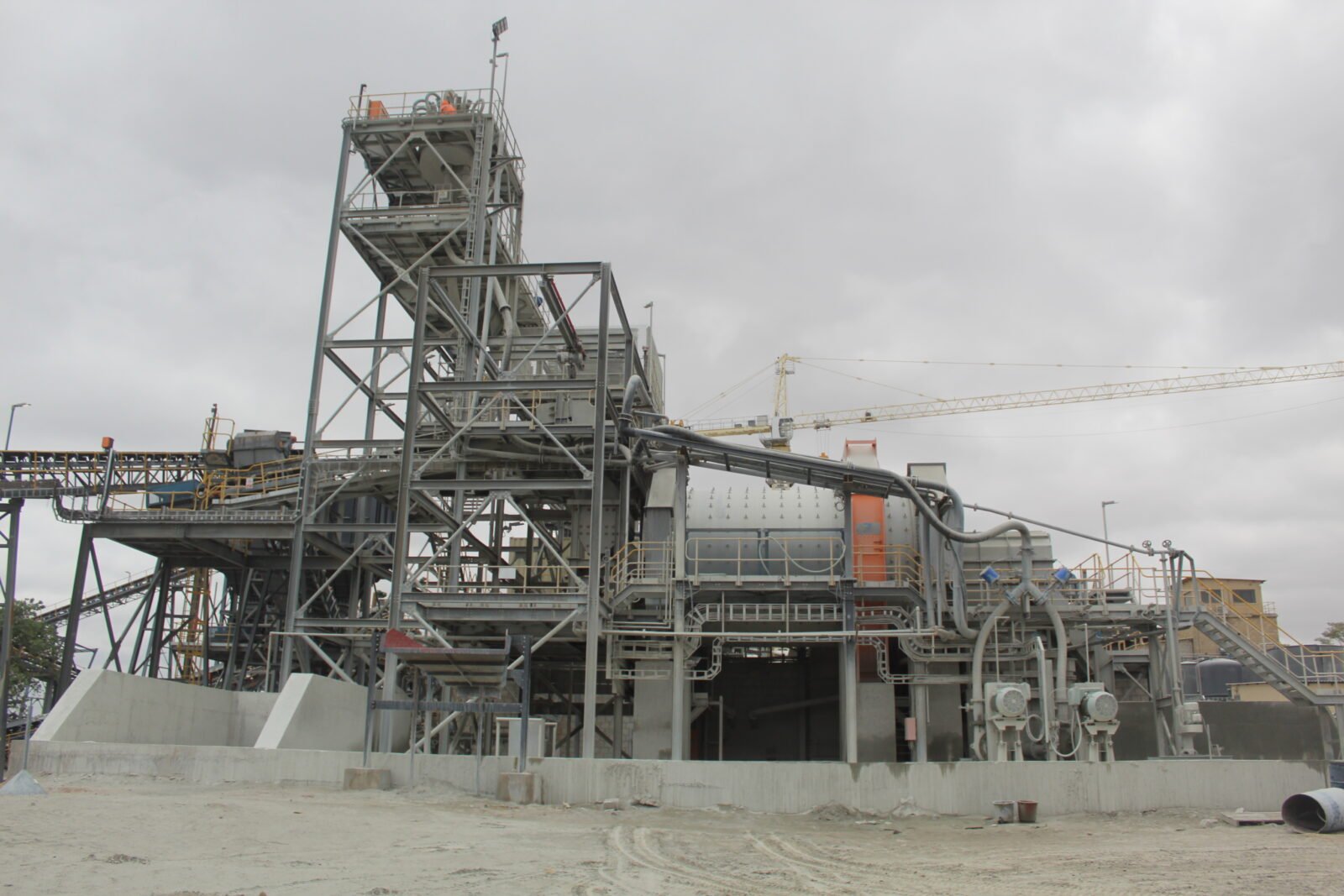Digging deeper: The contrasting fortunes of RioZim and Caledonia

Gold producer RioZim could join the Victoria Falls Stock Exchange (VFEX), where miners are attracted by tax breaks offered for listing on the USD-denominated market.
A VFEX listing could ease part of RioZim’s problems, but not all of them.
RioZim is “seriously considering all options available to it under the legal framework of the country and will move in consonance with such opportunities,” Bloomberg quoted spokesman Wilson Gwatiringa as saying on Thursday. But, he added: “Any decision to list on the bourse would require shareholder approval, which has “neither been proposed or voted upon.”
VFEX Chief Executive Officer Justin Bgoni said the bourse expects more companies “especially in the mining sector,” to list.
If RioZim does go to VFEX, it would join Bindura Nickel, Padenga and Caledonia, the other miners that have listed there.
Among other tax incentives, companies that list on VFEX get to keep 100% of what they earn from any gold they sell above their average monthly output. The more gold they produce, the more they can earn from their exports.
The question will be whether RioZim can put itself into position to take advantage of the incentives.
A combination of ageing mines and a hostile foreign currency regime have hit the company’s gold output. RioZim temporarily shut down its mines in 2018 and 2019, protesting unremitted gold earnings and forex laws that compel miners to sell a portion of their sales to central bank in local currency.
RioZim vs Caledonia
The listing may ease a part of RioZim’s forex headache, but a bigger worry for the company is the state of its mines and the depleted resources they are sitting on.
RioZim was among Zimbabwe’s biggest gold producers just a few years ago. But its mines are old and break down often, while the quality of its ore is among the poorest of major players in the industry. This means RioZim may struggle to grow its output without additional capital investment and finding new resources.
A comparison with RioZim’s peer Caledonia shows what RioZim also needs; new capital from shareholders.
In 2020, RioZim’s three gold mines produced 1.2 tonnes, down 27% from 2019. In 2018, RioZim produced 1.79 tonnes.
Caledonia, meanwhile, now produces 1.9 tonnes from just its one mine, Blanket, up from 1.6 tonnes in 2020 and 1.5 tonnes in 2018. The mine produced a record amount of gold last year. Production guidance at Blanket for this year is roughly 2 tonnes.
Caledonia’s growth is due to investment in the new central shaft. It took Caledonia six years to deepen the Blanket shaft, using internally generated cash. From producing 54,512 ounces in 2018, Blanket is projected to hit as much as 80,000 ounces this year.

New resource
Through the quarter to the month of November, RioZim’s Cam & Motor mine processed low-grade ores. This saw production falling 31% from the same quarter in 2020. Renco Mine in Masvingo, which has suffered from low-grade ore for years, managed just 1% production growth in the quarter.
To fix its processing problems, RioZim has been looking to invest in a BIOX plant at Cam & Motor. This is a special plant which would allow the mine to treat refractory ore. This type of ore needs special bacteria to extract the gold from sulphides. The company had planned to complete the plant in 2021, but faced delays over cargo movements and forex.
However, beyond this, RioZim has not announced any plans to look for new ground to replace its tired resource. RioZim’s Dalny Mine showed the potential of adding more ground, when its quarterly gold output rose 31%, partly after it opened new open pit mining areas.
Meanwhile, Caledonia, fresh from completing the shaft deepening, is looking for new mines to open.
In September, Caledonia announced it was buying Pan African Mining’s Maligreen gold claims near Gweru. Maligreen is estimated to host an inferred mineral resource of approximately 940,000 ounces of gold. As a plus for Caledonia’s preference for low-cost mining, 76% of the inferred mineral resource there – or about 712,000 ounces – is shallower than 220 metres. This means that there is potential for an open pit mining operation.
Newzwire


